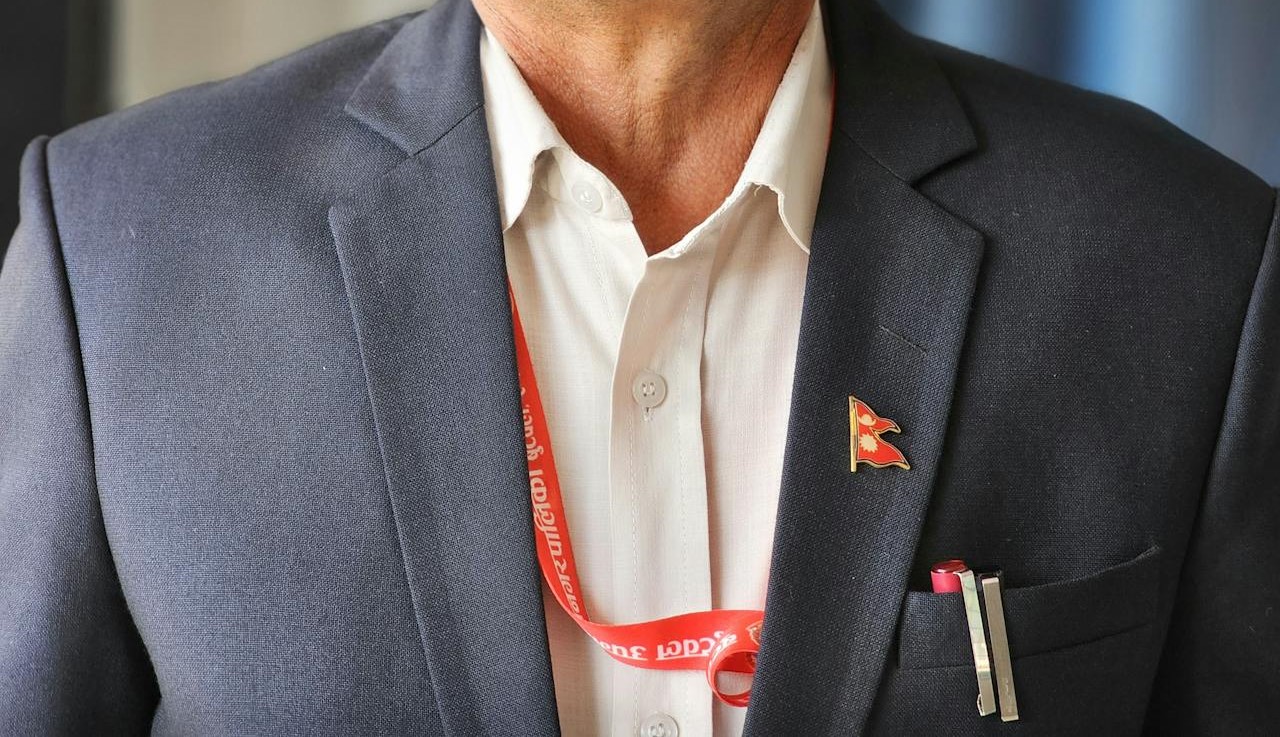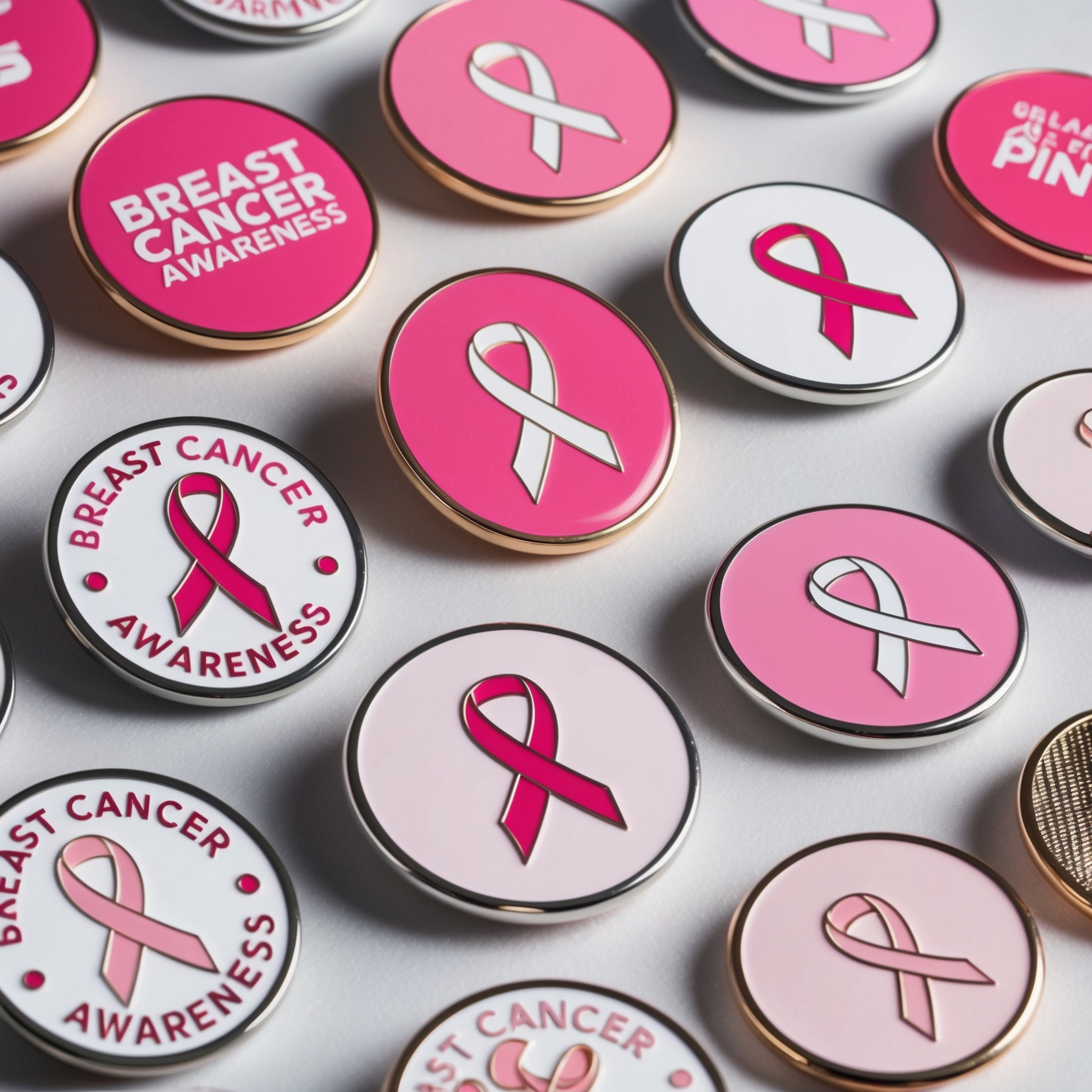Lapel pins, small decorative items typically attached to the lapel of a jacket, have long been used as accessories to make fashion statements. However, their utility and appeal extend far beyond mere decoration. Lapel pins can serve a variety of creative and practical purposes, from signaling membership and achievement to enhancing branding and communication. This article explores the diverse uses of lapel pins, demonstrating how these versatile items can be leveraged in numerous contexts beyond fashion.
Lapel pins are often associated with style and elegance, commonly seen adorning the suits and blazers of both men and women. These small yet significant accessories come in various shapes, sizes, and designs, allowing wearers to express their personal style, affiliations, and interests. While lapel pins are a staple in the fashion world, their applications go far beyond adding a touch of flair to an outfit.
The versatility of lapel pins makes them valuable tools in various fields, including business, politics, sports, education, and more. They can be used to symbolize membership, commemorate achievements, promote brands, and even facilitate communication. From corporate logos to charitable causes, lapel pins can carry powerful messages and foster a sense of unity and identity.
In this article, we will delve into the many creative and practical uses of lapel pins beyond their role as fashion statements. We will explore how lapel pins can be utilized in different contexts, offering ideas and inspiration for harnessing their potential. Whether you’re looking to promote a brand, recognize accomplishments, or communicate a message, lapel pins can be a subtle yet impactful way to achieve your goals.
1. Symbolizing Membership and Identity
Lapel pins are widely used to symbolize membership in organizations, groups, or communities. These pins serve as tangible representations of affiliation and can foster a sense of belonging and pride among members. Organizations across various sectors utilize lapel pins to signify membership and create a unified identity.
Corporate and Professional Organizations
In the corporate world, lapel pins are often used to denote membership in professional organizations, clubs, or societies. For example, a law firm might provide lapel pins to its attorneys to signify their membership in the firm, or a trade association might offer pins to its members to identify them at industry events. These pins can feature logos, mottos, or other symbols associated with the organization.
Corporate lapel pins can also indicate an employee’s role or tenure within a company. For instance, a company might design different pins for employees at various levels of seniority or to commemorate years of service. These pins not only recognize individual contributions but also help build a cohesive corporate culture.
Alumni and Educational Institutions
Educational institutions often use lapel pins to recognize alumni, graduates, and students. Alumni associations may distribute pins to graduates as a token of membership, fostering a lifelong connection to the institution. These pins can be worn at reunions, alumni events, and other gatherings, helping alumni identify and connect with each other.
Lapel pins are also used within academic settings to denote membership in honor societies, student organizations, or special programs. For example, members of an academic honor society might wear pins that display the society’s emblem, signifying their academic achievements and dedication.
Clubs and Community Groups
Clubs and community groups, ranging from hobbyist organizations to civic groups, use lapel pins to represent membership and shared interests. For example, a local chess club might design a pin featuring a chess piece, or a gardening club might have a pin with a flower motif. These pins serve as conversation starters and help members recognize fellow enthusiasts.
In addition to symbolizing membership, lapel pins can be used to identify leadership roles within a group. For instance, a club president or event organizer might wear a special pin to denote their position, making it easier for members and attendees to identify them.
2. Recognizing Achievements and Milestones
Lapel pins are an excellent way to recognize and celebrate achievements and milestones. Whether used in educational settings, workplaces, or personal contexts, these pins provide a tangible and lasting reminder of accomplishments.
Academic and Athletic Achievements
Educational institutions often use lapel pins to recognize academic achievements, such as high grades, perfect attendance, or participation in extracurricular activities. For example, a school might award pins to honor roll students or participants in a debate team. These pins serve as symbols of dedication and hard work, encouraging students to strive for excellence.
Athletic achievements are also commonly recognized with lapel pins. Sports teams may award pins to athletes for outstanding performance, team leadership, or participation in tournaments. These pins can be worn on letter jackets or displayed as part of a collection, commemorating the athlete’s contributions to the team.
Professional and Career Milestones
In the workplace, lapel pins can be used to celebrate professional achievements and career milestones. Companies may present pins to employees who have reached specific milestones, such as completing a major project, achieving sales targets, or marking a significant anniversary with the company. These pins not only recognize individual accomplishments but also motivate employees and boost morale.
Professional organizations and certification bodies also use lapel pins to signify the completion of certifications or advanced training. For example, a certified public accountant (CPA) might receive a pin upon earning their certification, signifying their professional qualifications.
Personal Celebrations and Commemorations
Lapel pins can also be used to commemorate personal achievements and special occasions. For example, a couple might create custom pins to celebrate their wedding, featuring their initials and the wedding date. These pins can be given to guests as keepsakes or worn by the wedding party.
Similarly, lapel pins can mark personal milestones, such as birthdays, anniversaries, or retirements. A retiree might receive a pin featuring the years they worked at a company, or a pin might be created to commemorate a milestone birthday. These pins serve as meaningful mementos that can be cherished for years to come.
3. Promoting Brands and Causes
Lapel pins are a powerful tool for promoting brands, products, and causes. Their small size and versatility make them ideal for marketing and awareness campaigns, allowing companies and organizations to communicate messages effectively and creatively.
Corporate Branding and Marketing
Companies often use lapel pins as part of their branding and marketing efforts. These pins can feature the company’s logo, slogan, or mascot, serving as a miniature advertisement. Employees can wear these pins at trade shows, conferences, and other public events, helping to promote the brand and create a professional image.
Lapel pins can also be included in promotional packages, given away as free gifts, or sold as merchandise. For example, a tech company might create pins featuring its logo and distribute them at a product launch event. Customers and fans who receive these pins become brand ambassadors, spreading the company’s message wherever they go.
Cause Awareness and Fundraising
Non-profit organizations and advocacy groups often use lapel pins to raise awareness for causes and encourage support. These pins can feature symbols, colors, or slogans associated with the cause, making them instantly recognizable. For example, a pink ribbon pin is widely recognized as a symbol of breast cancer awareness.
Lapel pins can also be used as part of fundraising efforts. Organizations may sell pins to raise funds for their programs or distribute them as thank-you gifts to donors. The visibility of these pins helps spread awareness and can encourage others to get involved or donate.
Event Promotion and Commemoration
Lapel pins are a popular choice for promoting and commemorating events. Conferences, festivals, conventions, and other events often create custom pins featuring the event logo, date, and theme. These pins can be given to attendees as souvenirs or used as part of event swag bags.
Event-specific lapel pins also serve as collectible items, encouraging attendees to collect pins from different events. For example, a comic convention might create a series of pins featuring different characters or themes each year. Collectors eagerly seek out these pins, adding an element of excitement and engagement to the event.
4. Enhancing Communication and Identification
Lapel pins can be used as a practical tool for communication and identification. In various settings, these pins help convey important information, identify individuals, and facilitate interactions.
Identifying Staff and Volunteers
In events and organizational settings, lapel pins can be used to identify staff and volunteers. For example, at a large conference, staff members might wear pins featuring the event logo and the word “STAFF.” This makes it easy for attendees to recognize who can assist them or answer questions.
Similarly, volunteers at charity events or community gatherings can wear pins that identify their role. This helps create a professional and organized atmosphere and ensures that attendees know who to approach for assistance.
Indicating Expertise and Roles
Lapel pins can also indicate an individual’s expertise or role within an organization. For example, healthcare professionals might wear pins that indicate their specialty, such as “Nurse,” “Doctor,” or “Pharmacist.” This helps patients and colleagues quickly identify the individual’s area of expertise.
In educational settings, teachers and staff might wear pins that indicate their subject area or department. For example, a teacher might wear a pin that says “Mathematics” or “Science,” making it clear to students and parents what they teach.
Communicating Messages and Values
Lapel pins can be used to communicate messages and values. For example, a company might create pins with slogans like “Excellence,” “Integrity,” or “Innovation” to remind employees of the company’s core values. Employees can wear these pins as a daily reminder of the company’s mission and vision.
Similarly, individuals can use lapel pins to express their personal beliefs or values. For example, a person might wear a pin with a peace symbol to express their commitment to non-violence or a pin with an environmental symbol to show support for sustainability.
5. Creative and Artistic Expression
Lapel pins are not only functional but also serve as a canvas for creative and artistic expression. Artists and designers have embraced lapel pins as a medium to showcase their work, resulting in a thriving market for unique and collectible art pins.
Artist-Designed Pins
Many artists create limited edition lapel pins featuring their original artwork. These pins often become collectible items, sought after by fans and collectors. The small size of lapel pins presents a unique challenge for artists, who must distill their designs into a compact format while retaining detail and impact.
Artist-designed pins can cover a wide range of themes and styles, from abstract art to pop culture references. Collectors appreciate the uniqueness and artistry of these pins, making them a popular choice for art lovers and enthusiasts.
Custom and DIY Pins
Lapel pins also offer a creative outlet for individuals looking to design their own pins. Custom pins can be created to reflect personal interests, hobbies, or fandoms. For example, a fan of a particular TV show might design a pin featuring a favorite character or quote.
DIY lapel pins can be made using various techniques, such as enamel filling, screen printing, or even hand-painting. The accessibility of custom pin production has made it possible for anyone to bring their creative ideas to life and share them with others.
Collectible and Series Pins
The collectible nature of lapel pins has led to the creation of series and sets. Artists and brands often release pins as part of a series, encouraging collectors to acquire the entire set. For example, a series might feature different characters from a comic book or different designs based on a common theme.
These collectible series add an element of excitement and anticipation, as collectors seek to complete their collections. Limited edition releases and exclusive designs can also increase the desirability and value of the pins.
6. Historical and Cultural Significance
Lapel pins have played a significant role in history and culture, serving as symbols of political movements, social causes, and cultural trends. The historical and cultural significance of lapel pins adds depth to their meaning and appeal.
Political and Social Movements
Throughout history, lapel pins have been used as symbols of political and social movements. For example, during political campaigns, candidates and supporters wear pins featuring campaign slogans or party symbols. These pins serve as a form of political expression and can become collectible memorabilia from important historical events.
Lapel pins have also been used to support social causes and movements. For example, during the civil rights movement, activists wore pins with messages of equality and justice. These pins served as a way to express solidarity and raise awareness for the cause.
Cultural and National Symbols
Lapel pins often feature cultural and national symbols, representing pride and identity. For example, flag pins are commonly worn to show patriotism and national pride. These pins are often seen on the lapels of politicians, diplomats, and citizens during national holidays and events.
Cultural symbols, such as religious icons or traditional motifs, are also popular in lapel pin design. These pins allow individuals to express their cultural heritage and beliefs. For example, a pin featuring a cross or a Star of David might be worn as a symbol of religious faith.
Commemorative and Historical Pins
Lapel pins are frequently used to commemorate significant historical events and anniversaries. For example, commemorative pins might be created to mark the anniversary of a major event, such as a historical battle or the founding of a city. These pins serve as a way to remember and honor the past.
Historical pins can also become valuable collectibles, representing moments of cultural significance. For example, vintage lapel pins from past World Fairs or Olympic Games are highly sought after by collectors and history enthusiasts.
Conclusion
Lapel pins are versatile and powerful tools that extend far beyond their role as fashion accessories. Their small size and ability to carry intricate designs and meaningful symbols make them suitable for a wide range of creative and practical uses. From symbolizing membership and recognizing achievements to promoting brands and supporting causes, lapel pins offer a unique way to communicate messages and express identity.
As a medium for artistic expression, lapel pins provide a platform for artists and designers to showcase their work in a compact and collectible format. The cultural and historical significance of lapel pins adds depth to their meaning, making them cherished items for collectors and enthusiasts.
Whether used in corporate settings, educational institutions, social movements, or personal celebrations, lapel pins have the power to convey messages, foster connections, and create a sense of belonging. As we continue to explore new ways to use and appreciate lapel pins, their relevance and appeal remain strong in our ever-evolving world.
If you are interested in some custom lapel pins, feel free to contact us at 1-855-471-6752 or fill out one of our FREE QUOTE FORMS.








